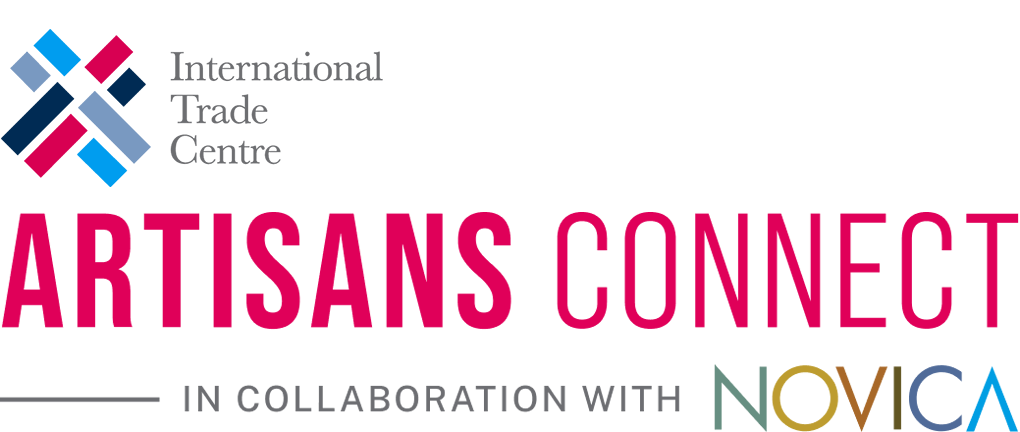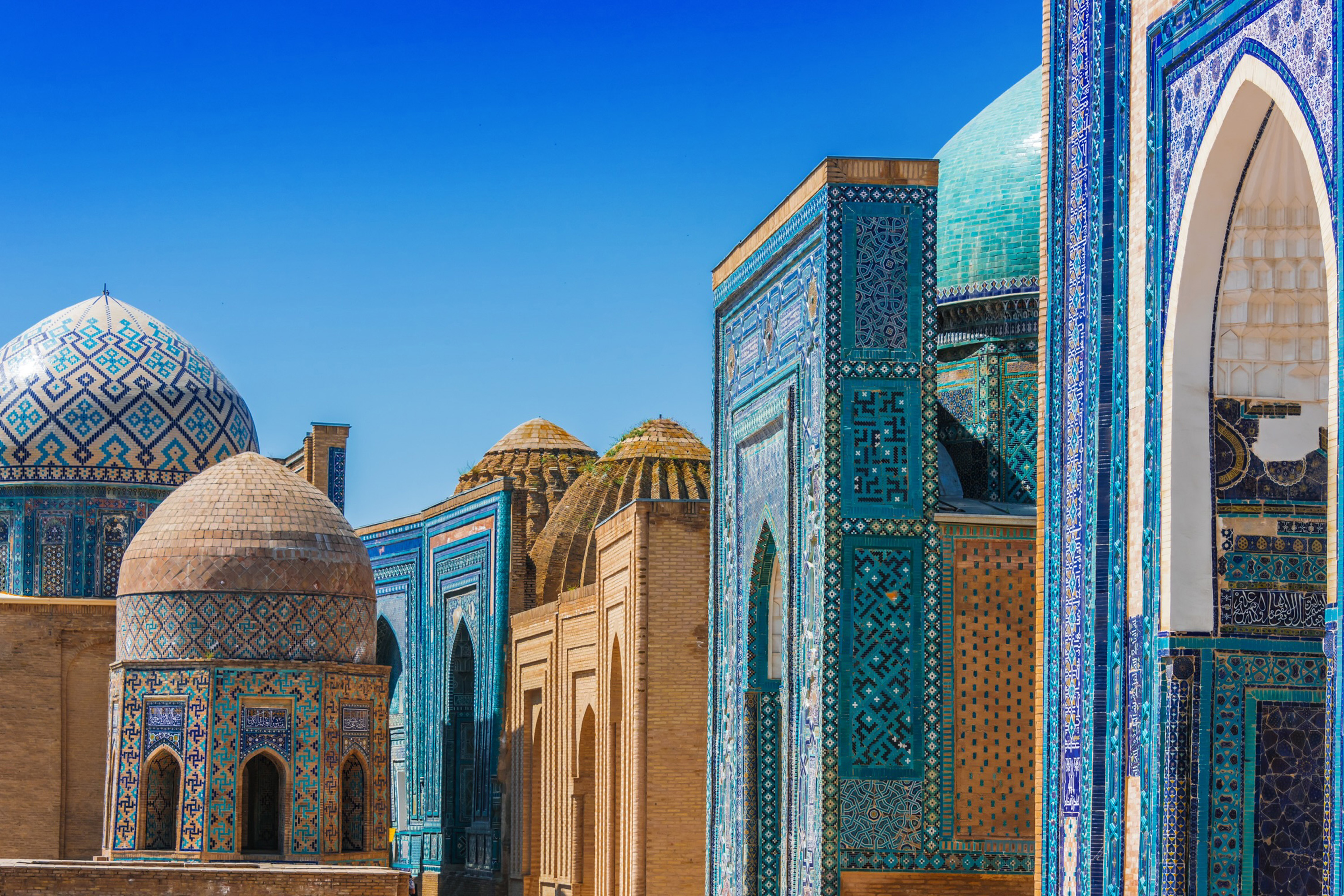-
Home
- Home Maria Isabel Montoya
- Maria Isabel Montoya

Maria Isabel Montoya
“My name is Maria Isabel Montoya Duarte, originally from Camoapa, Nicaragua. I am a person who enjoys helping others; persistent and thoughtful. I love sharing a coffee, sweets or a good wine with my family and friends. I like to write, play chess and watch television series based on real events.<br><br> “Since I was little I was familiar with the elaboration of personalized handmade items-- my father is a builder and carpenter, my mother a seamstress, and my paternal grandmother and several of my great-aunts were weavers of hats. My mother drew and painted, and always had a special ability to make us dresses. <br><br>
“I am the oldest of 8 siblings, and we lived our childhood and adolescence during the 1979-1990 post-war crisis. At that time we could not ask much of our parents, but my mother made adjustments to our clothes so that the little ones could reuse the clothes of the older ones. So now I can say that my mother was a pioneer in recycling, upcycling and circular economy. <br><br>
“At the age of 8 I learned to sew. I made dresses for dolls and sold them, and I remember that my first work was a beach hat that my mother kept in the decoration room. My teacher was the artisan Magdalena Arroliga. In 1991, I won a scholarship to study in the United States. I had the opportunity to share the traditions of my community, which allowed me to consciously investigate the universal activity that gives identity to Camoapa, and since then I have felt committed to promoting this cultural legacy. In 2011 I started selling occasional fine custom hats to friends. In 2013 I decided to register my brand to market fine handmade hats with vegetable fiber, and in 2019 I registered the brand to offer bags and all kinds of utilitarian and decorative basketry. It is a family business. <br><br>
“The raw material used is processed by <i>ripiadora</i> artisans, who transform the palm buds into pita threads. Some artisans must travel up to 6 km away from their home to get them. They make and use a kind of two-tooth awl to rip the palm leaves. I love sharing with artisans to better understand their work. We have created a relationship of trust that allows me to design while respecting the inspiration and creation of each one of them. My mother helps with the collection of products and the payment of the artisans; my husband helps with the graphic design part to promote the brand and with the logistics of deliveries; and my daughters help with social networks. I am in charge of the design, control of quality, administration and sales. <br><br>
“I have been interested in this art since I learned about the vegetable fiber products that are made in Camoapa. It is a pre-Hispanic tradition that has been transmitted from generation to generation until today. I love the color and smell of the freshly cooked pita threads, and I really admire the work that all the people involved in the whole process do. In 2017 we began teaching weaving classes, taught by expert artisans who are part of the team with whom I have learned more about art by sharing with their community and families. In 2019 we began to teach basket classes. Since the pandemic, we have shared some educational videos on social media. I was recognized as the Woman Entrepreneur of 2017. <br><br>
“Textiles with vegetable fiber are a historical and cultural legacy that has been transmitted from generation to generation for more than 400 years among the artisans of Camoapa. It is linked to the livestock activity that is also prominent in the area. “According to accounts of the older weavers, they learned from their mothers or grandmothers who wove their husbands' hats, saddlebags, and canteen holders, who which were used while working in the fields cultivating or tending livestock. Currently many men always wear their hats if they go to the capitol, and are identified as originally from Chontales, Boaco or Camoapa. The pieces are designed to be useful. <br><br>
“Establishing myself as an artisan has been an enriching experience, because I feel fulfilled doing things with my hands. I am also reaffirming my drawing skills and rediscovering my roots. However, one of my biggest challenges is reaching markets that pay fair prices for our products. I want the name of my community to be a reference in the international market, where we are identified for developing products that generate a positive social impact on people, both the artisans and the end users.”


